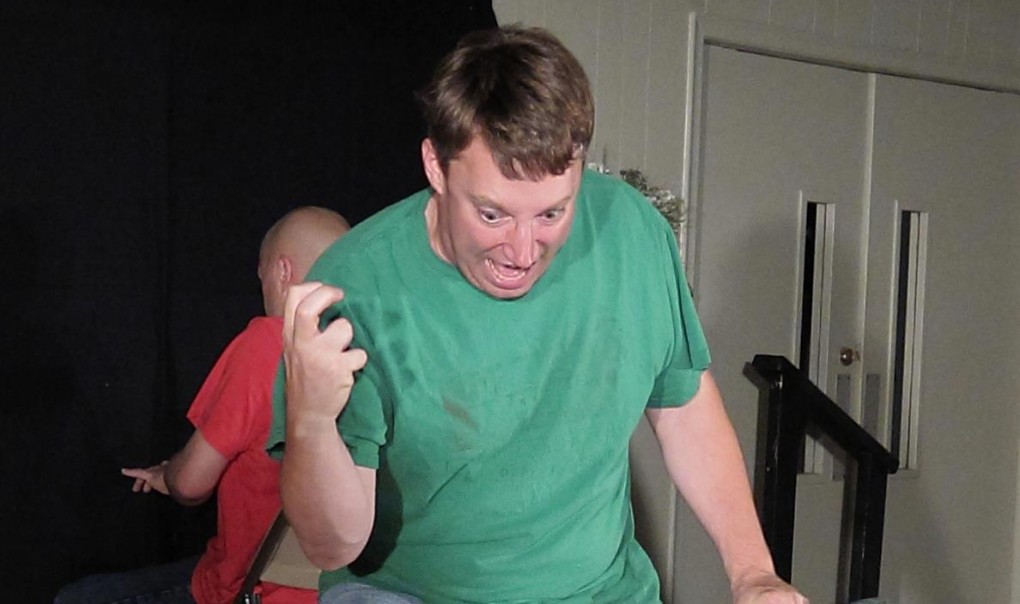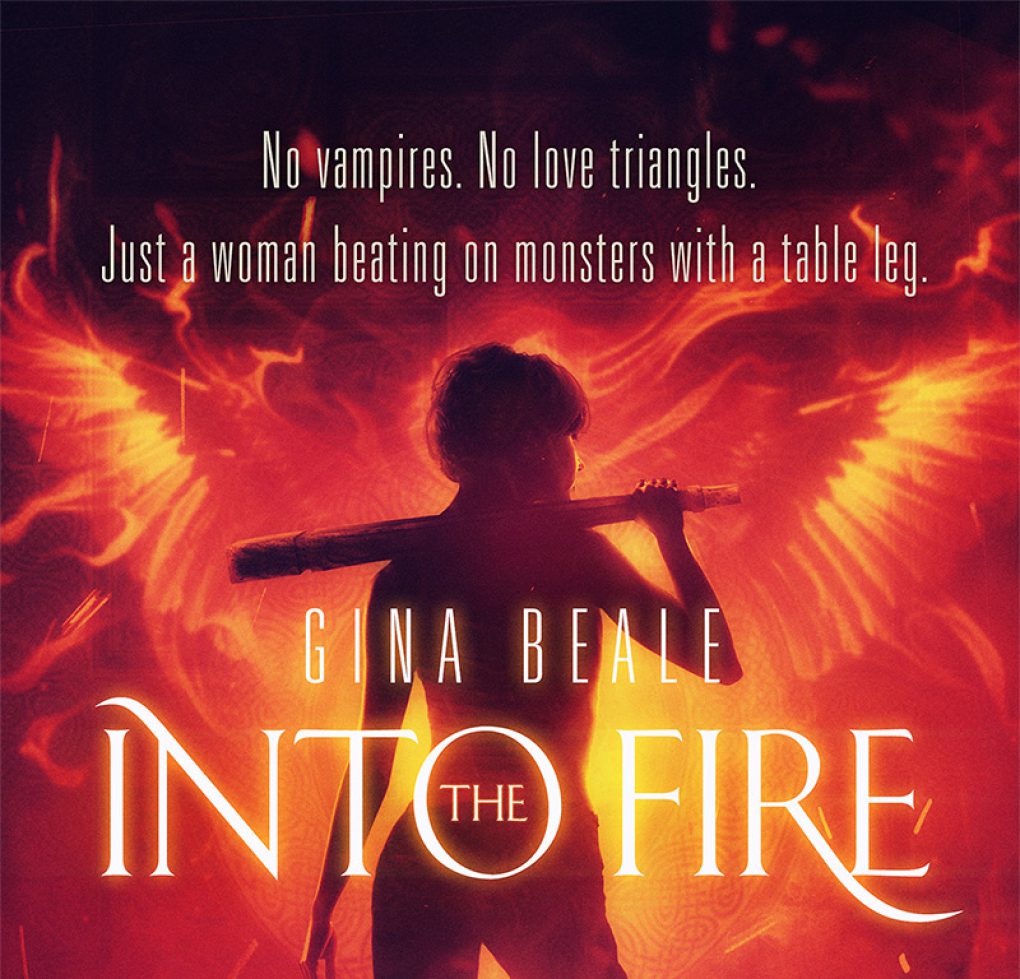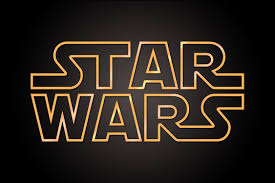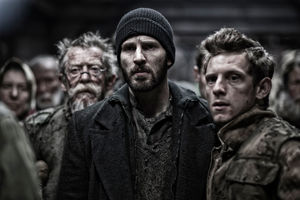I’ve written my first novel. Well, it’s not really my first. It’s the first one I deemed good enough to unleash onto the public. Gina Beale: Into the Fire has been several years in the making. I certainly didn’t think it was going to take that long when I started it.
Since working on The Flying Turtle Show and a handful of comics starting in college, I’ve focused on writing scripts. It made sense, since it was a love of comic books, film, and sketch comedy that first interested me in writing. Plus, I’ve always been drawn toward collaborative projects. Anyone who knows me can tell you I thrive on getting people together to work on something. It’s a big part of why I make a living in recruiting.
Unfortunately, things just weren’t panning out. I’d gone through a series of aborted projects because neither myself or the people involved could give them the focus they needed. I sometimes blamed it on unreliable collaborators, but I wasn’t any better. We were all adults with kids, jobs, or other responsibilities that didn’t allow us to get together regularly or for enough time to make things work as well as they should’ve. A short film was never completed. A comic book only got half done. You get the idea.
I decided I needed to focus my creative energies in a direction where it would just be me, working on my own schedule, and on my own ideas. That meant I was going to switch to prose.
It wasn’t like I didn’t have ideas for books. I’d just been putting them aside for another day. When ideas come to me in the form of images, I know I’m cooking up a comic or film script. When they come as characters and concepts, it’s probably going to be a novel or short story.
One issue: my prose writing stunk. My dialogue was sharp enough, as I’d been working on that for years. I think I had a good head for character arcs, plot, structure, etc. The problem was the only descriptions I’d written for several years were in scripts, where you only have to worry about communicating directly with your collaborators. Sure, you need to get all the details in, but they don’t have to sound pretty.
Starting with short stories would’ve been smart, but I come from the “go big or go home” school of thought. I dove right into a novel idea I’d had for years, with characters based on my friends from high school. I called it Me and the Guys. It was a dark comedy about estranged high school friends whose reunion goes off the rails when one of them is accused of murdering an old classmate. There’s some good stuff in it, but after a third draft there was no getting away from the fact that it just wasn’t coming together. I couldn’t get the tone quite right and the end result wasn’t much better than what I was showing to my fellow students at WMU my sophomore year. Trust me, none of them thought they were reading the work of the next great novelist.
It was heartbreaking to put Me and the Guys aside, but the writing was on the wall. I followed it up with a book about a small community going through the recession, which shifted the point-of-view from chapter to chapter. That came out better and while I couldn’t make the entire book connect, some of those chapters became short stories that showed real progress.
I was a bit flustered by this point. I had these grand, ambitious books in mind but they died as I put them on the page. That’s when my wife came in, like she usually does. She suggested I just write something to have fun. Maybe the end result wouldn’t be the novel of the decade, but it would be at least good enough to show people. She pointed to the “romantic thrillers” she’d been reading, telling me I wrote at least as good as those guys.
I spent that night rolling her advice around in my head, thinking it might be fun to write something that drew on a lot of the interests I’d accumulated for years (mythology, ancient history, hero stories, etc.).
Then, with no effort whatsoever, Gina popped right into my brain. I instantly knew everything about her personality, that she was descended from ancient gods, that she had a career in Human Resources, her ethnic background, that she’d been adopted, and that she fought monsters with a table leg. It felt less like I created her than she’d been sitting in an undiscovered corner of my brain waiting for me to find her.
By the way, I still don’t know why a table leg. You’d have to ask her.
So, I had this great character, but what was she going to do? Once again, it all came tumbling out of my head with almost no effort. She was part of a group descended from ancient gods that fought monsters from mythology. Her boss would be Athena (my favorite member of the Greek Pantheon), she’d be trained by the Maori god, Tu, and the antagonist would be Marduk, the patron god of ancient Babylon. I also knew that the organization she belonged to would be well past its prime.
There were a couple other elements that became important. First, I knew Gina would not fit in well with her fellow, male colleagues. It’s become clear to me over the years that a blunt, sarcastic woman is not as appreciated as a man with the same personality. Also, I knew there wouldn’t be any love interest. There was no place for it in the story. Frankly, there shouldn’t have to be, but even breakthrough female hero characters like Buffy the Vampire Slayer had romantic problems as a main theme.
It struck me the former point could be part of what made the book stand out. Counter programming can be a good thing. It’s why I went with the tag line I did (“No vampires. No love triangles. Just a woman beating on monsters with a table leg.”).
It was an odd time to write a book, as the following years turned out to be the busiest in my professional and personal life. I’d finished the first draft in about a year, and reworked it over the following year. The next steps were arduous, and took much longer than they should’ve. I managed to line up a good editor, Carol Davis, who really understood the genre and gave me great feedback. A couple friends saw the end result around this time, and they had good things to say. In the end, I felt confident enough to slap a cover on it and get going.
Then 2014 happened. I’m not going to get into the details, but I’ve never been so happy to see a year end. I spent a good part of 2015 getting myself back to square one, but Gina never left my thoughts. By the time 2016 was starting up, I was ready to get going again. I did my research on cover artists, finding James T. Egan (of Bookfly Designs), who knocked my socks off with the cover you see on my book today.
So the book is now off my desk and in the world. I’m happy with the end result and I hope a lot of people decide to try it out. The marketing push is just starting, and in a lot of ways it’s more intimidating than any other aspect of this journey has been.
It’s okay, though. I trust Gina to beat the odds. It’s what she does.
GINA BEALE: INTO THE FIRE is now out on Kindle and in paperback. Check it out:






